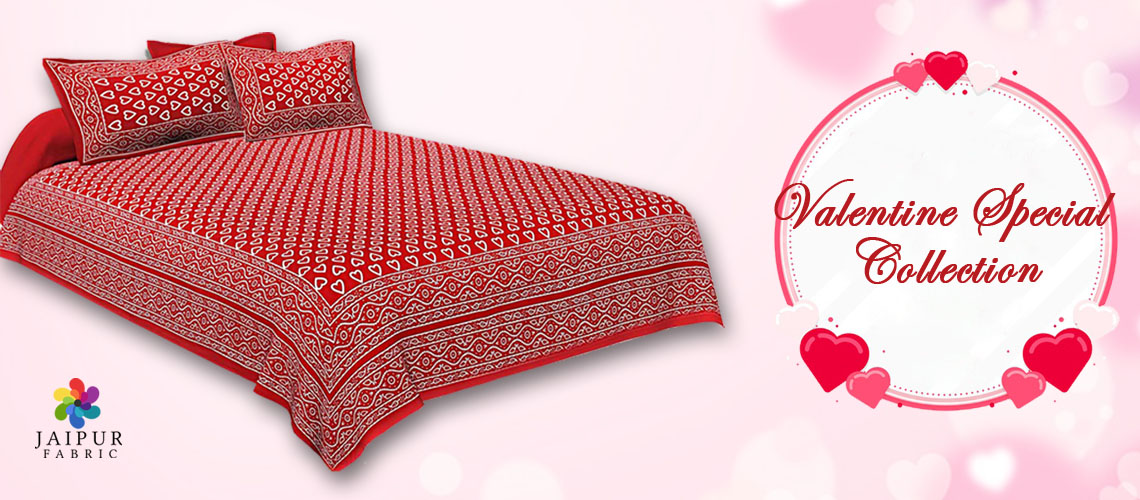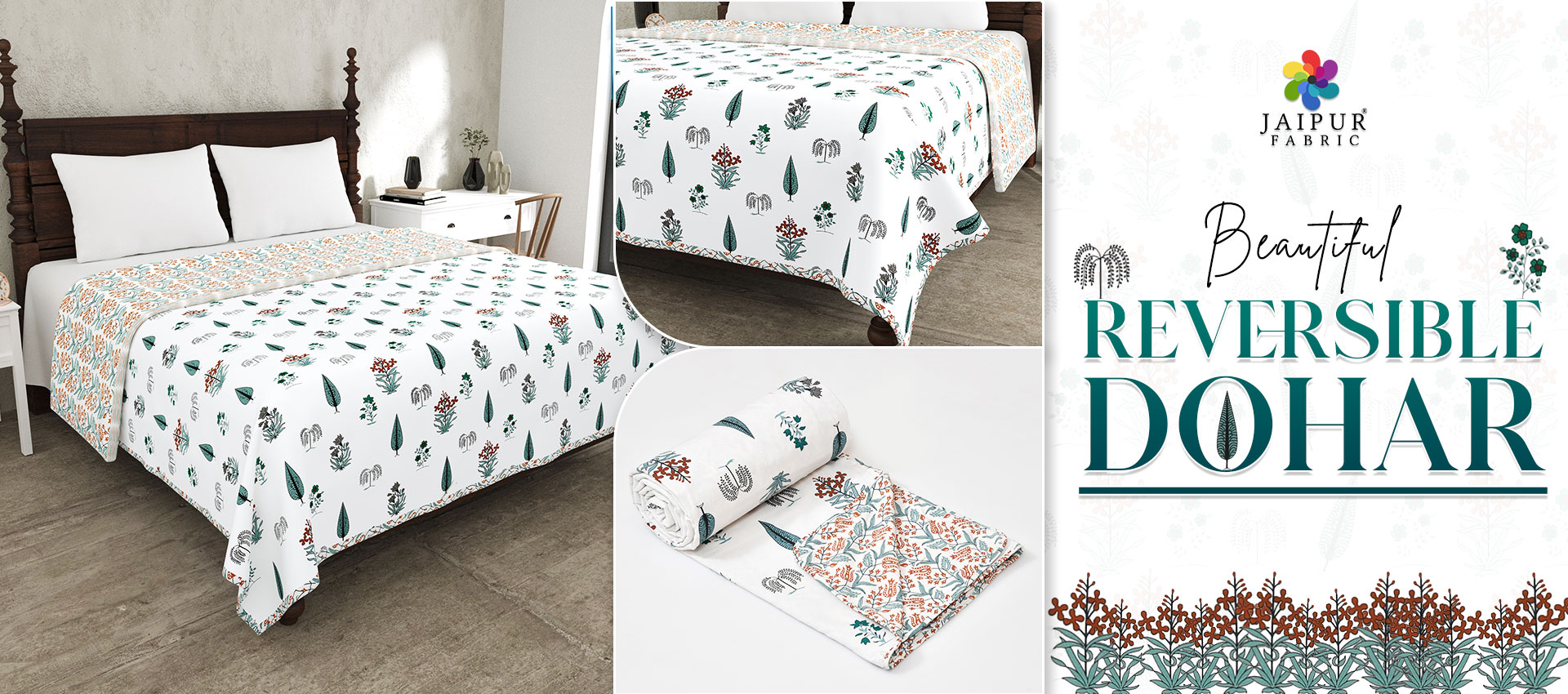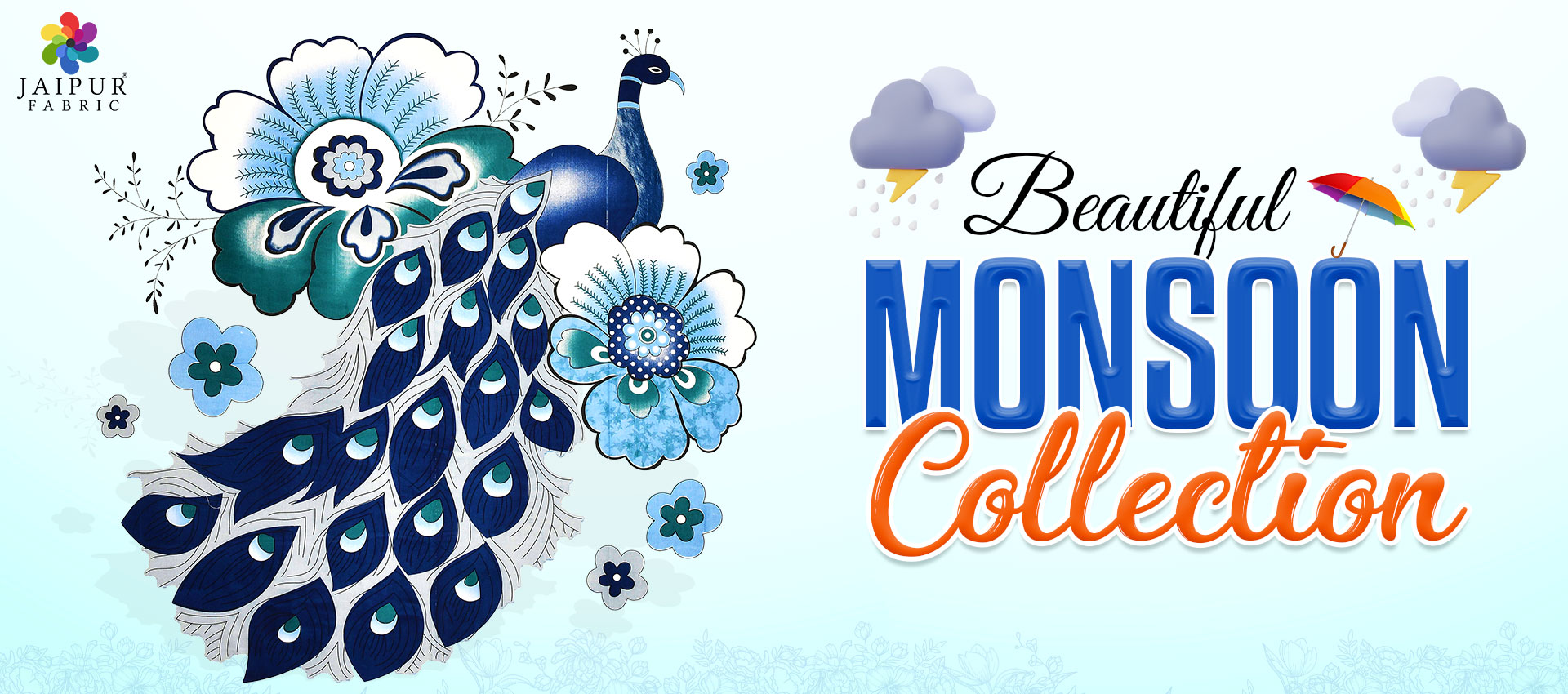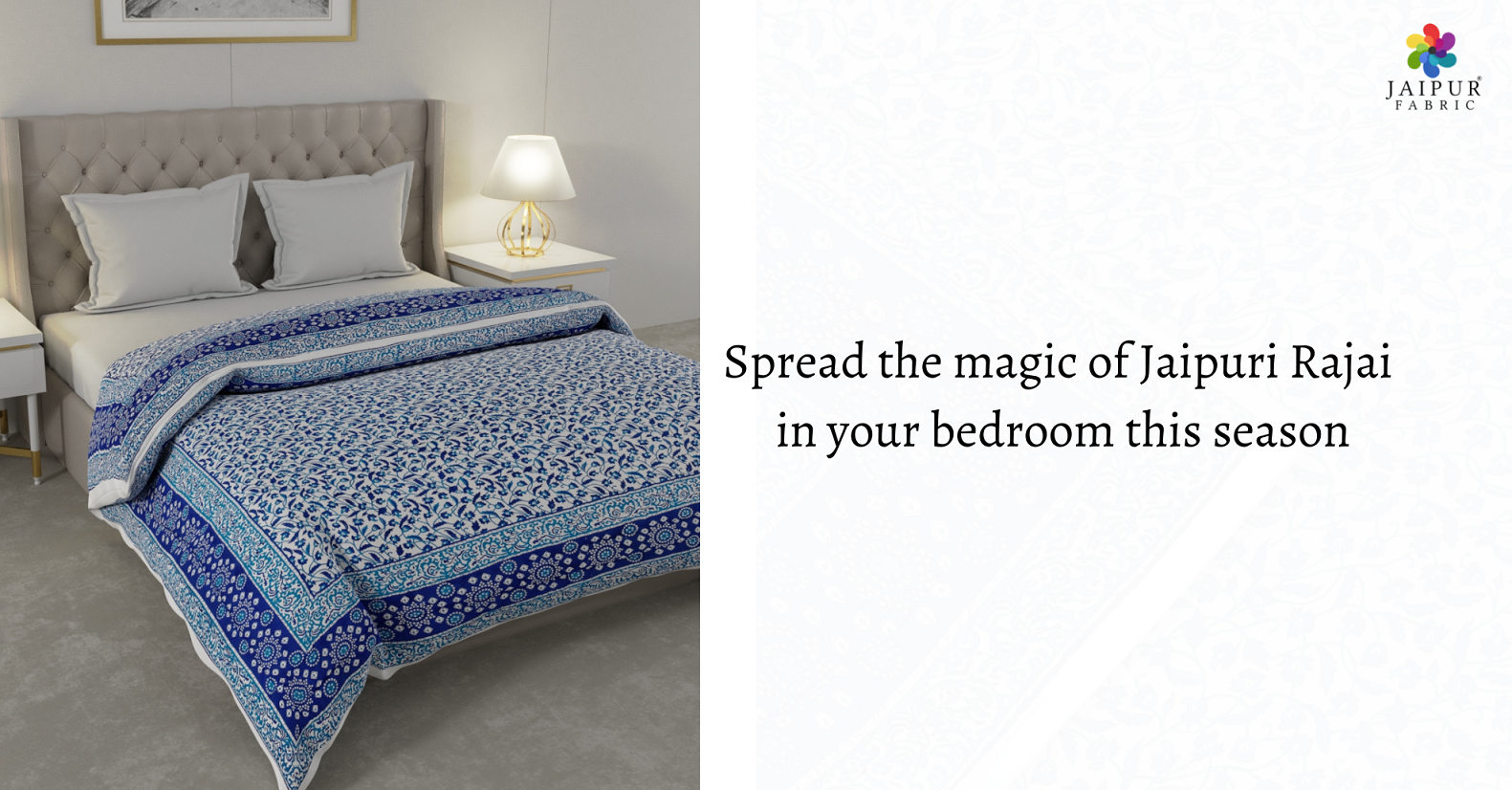
Printing, just like weaving, has almost universally been practiced throughout the world. Evidence of printed cloths exists as early as 2500 BC, where drawings depicted printed fabric. Using simple blocks to print on clothes is an art form that has been around for centuries, and in India, the practice was so extensive that printed cloth was exported even thousands of years ago.
It was a belief that India and China were among the first country to use blocks to print on clothes several years ago. Block printing emerged as an art because the process of using blocks to print vibrant and bold prints on a cloth is simple, and gives rise to the stunning design.
Sanganeri is a method of hand-bloc printing, and it originated in the village of Sanganeri Rajasthan. Though it is an almost ancient method of block printing, people use it even today and holds a prominent place in the textile industry.
What is the history of Sanganeri printing?
Saganeri printing has been around for more than five centuries. This art first emerged somewhere between the 16th or 17th century, when the constant wars being waged by the Mughals and Marathas forced artisans to move to Rajasthan. Here, in a town called Sanganer, the printing style of Saganeri emerged and gained great importance. The trademark dyes and designs used in this Sanganeri printing was so popular that it became one of the major exports of the East India Company.
Traditionally, artisans learned the art of Sanganeri printing through observing skilled artisans; there was rarely any formal training to teach this art. As the Sanganeri printing usually focused mainly on motifs from nature, it is only fitting that the traditional dye used for these prints as derived from nature, such as using insects to get red and purple colors. The names of the colors used were different than saying 'red' or 'yellow,' often the terms Kasumal and Toru Phooli were used instead.
What are the tools for Sanganeri?
To get the beautiful Sanganeri print on cloth, artisans mainly use a block with designs engraved on them. These blocks are made of either wood or metal.
Wooden Blocks:
The wooden blocks are made out of Teak or Sheesham wood. In fact, the blocks, which are used to print outlines, are called Rekha, and the filler blocks are called Datta. The wooden block is seasoned, and then the desired design is carved out onto wit by the artisan. You can do this with the help of the design printed on paper and then attached to the base of the block. Once the paper is attached, the artisan uses metal chisels of varying shapes and width to carve the design onto the wood. After carving the wood, the artisan soaks the block for a period of up to two weeks to help soften the grains of the wood. This helps ensure that the block will transfer the color and the design onto the cloth evenly, with fine lines, and no rogue lines may appear. Then a handle is either carved into the wooden block or a cheaper wood is carved into the shape of a handle and attached to the block with nails. A wooden block always has two or more holes at the back to allow air to flow as well as to let out the excess color. A woodblock usually lasts for up to 800 meters of printing.
Metal Blocks:
To get more intricate patterns and more delicate details with sharp lines, metal blocks are used. Metal strips are hammered and turned into thin strips that are engraved into a wooden block. The desired design is then drawn onto the woodblock, and then the metal strips are hammered into the design on the block. Once the metal strips have been hammered into the block, it is ensured that the strips are all of the same height from the block. While making a metal block is much more time consuming than making a wooden block of the desired design, they are much longer-lasting than wooden blocks.
Both wooden and metal blocks are available in different shapes and sizes. Depending on the requirements of the artisan as well as the cloth used, many different combinations of both wooden and metal blocks can be used to design a Sanganeri print material. So, the next time you buy Sanganeri block print bed sheet or saree, ensure that you appreciate the art a little more!
Apart from the design blocks, which are the main components of designing Sanganeri print material, the following items are also used during the process:
Pins:
Used to pin the cloth on the table and get it to spread evenly and tighten as and when needed
Printing Table:
This allows the artisan to have an even surface to help them spread the cloth evenly for uniform printing
Wooden Tray with a Bamboo Lattice: This helps the artisan ensure that the color spreads uniformly.
Chalk:
Mark areas, which are to be printed
Scale:
Helps mark areas across the cloth to ensure uniform and even printing
Brushes:
Used to clean the brushes from time to time to ensure clean and sharp prints
Woolen Cloth:
Spread over the wooden tray to prevent the color from seeping into the wooden tray.
Trolley Tray:
This allows the artisan to be able to move freely along the printing table and keeps the materials for printing such as the dye and blocks ready for the artisan
Natural/ Vegetable Dyes:
These dyes are extracted from natural sources like vegetable and fruits to get vibrant and vivid colors
Learn more about the process of Sanganeri printing:
The printing process can be divided into a few distinct parts:
Hari Sarana:
Before the printing process, the dirt and dust from the cloth must be washed off so that the prints are vibrant. The fabric is submerged in a bleach and water solution for a few days and then washed with boiling water.
Marking:
Once the Hari Sarana process is completed, the cloth is marked with chalk and scale. This helps with the printing process as the artisan can easily see where the blocks are to be placed.
Printing:
The process of printing is called Chapaai and is done with the help of the wooden or metal blocks. The cloth is printed from left to right, and the number of blocks to be used depends on the number of colors to be used. One block is used for one color, and specific points on the block indicate that the artisan should print the design on the cloth again.
Drying:
Also known as Sukhaai, this process is done to ensure that the color gets secured on the cloth. This process is especially crucial for pigmented dyes. During this process, the color may transfer onto other surfaces, and hence, the fabric is covered in plastic or newspaper. This process also helps in ensuring that the color remains vibrant.
Washing:
The final step in the printing is process is Dhulaai, wherein the cloth goes through exclusive boilers and steaming process, which helps fix the color further into the cloth.
What are the different types of designs used during Sanganeri printing?
Intricate detailing and fine lines are the trademarks of the Sanganeri printing. This printing process features a variety of butas, and the designs mainly consist of traditional symbols. The motifs are mostly based on flowers, paisley, centreline patters along with leaves and birds. Nowadays, modern patterns can also be found in several Sanganeri print cloths. Geometrical and religious figures also elevate the look of a Sanganeri print, and you will find several varieties when looking at Sanganeri printed fabric.
Most inspiration for the Sanganeri printing style comes form commonly observed symbols in nature, and hence, most designs are named after flowers, vegetables, and other such objects.
What are the different colors that are used in Sanganeri printing?
While presently, synthetic and chemical dyes are mainly used for Sanganeri printing to meet the growing demand for unique colors from consumers, the traditional Sanganeri printing used natural dyes. These dyes were derived from natural sources like yellow from turmeric, blue from the indigo plant, black form rust iron, and so on. Red and black were the most common colors used throughout the state of Rajasthan, followed by yellow blue and green. The natural dyes would often transfer a smell to the cloth, but they were much more resistant to fading than chemical dyes.
However, as synthetic dyes were introduced in the market, the process of using natural dyes become too expensive, cumbersome, and lengthy.
The introduction of chemical dyes has allowed the artisans to become more versatile with their designs and color combinations.
Natural dyes are mostly derived from vegetables and natural sources by boiling the ingredients to get a rich, vibrant color. However, with synthetic dyes, the process of obtaining color is made much less cumbersome. Here are a few types of synthetic dyes that are used in the making of Sanganeri prints:
Discharge Dyes:
This type of dyes is used when the artisan needs to paint on a dark background. The color that is used has some chemicals present in them. This chemical reacts with the dark background of the cloth and bleaches the color out from various places. This helps in creating the desired pattern, and the color of choice gets deposited onto the bleached area. With the help of such dyes, lighter colors such as white may be easily printed onto dark backgrounds creating a splendid contrast.
Pigment Dyes:
These dyes are the easiest to use and can be purchased easily in the market. The pigment dyes can be mixed with other pigments dyes in order to create new colors. After the pigment has been used, it can be stored in buckets to be used in the future. The pigments that are bought in the market are then further combined with a binder and kerosene. During this process, the thickness of the mixture is important as the different thickness has different effects on the cloth. With pigment dye, what you see is what you get. The color that gets printed on the cloth remains the same, even after a wash. Pigment colors are versatile as not only a number of color options are already available in the market, but new ones can be created by mixing two or more of them.
Reactive Dyes:
Chemical dyes are colors that are mixed with another chemical to produce a new color. In order to use this dye in for printing, the cloth to be used is soaked in a chemical. Then the block is soaked in the chemical dye and pressed onto the cloth. The chemical within the dye and on the cloth react with each other and give rise to a new color. This process is a little bit complicated, and only a few chemical dye options are available in the market.
Rapid fast Colours:
These colors must be used entirely on the same day as they are quite challenging to store. When this type of dye is used, the ground color, as well as the color of the Sanganeri print, are all printed in one seating. When using this type of dye, a lighter background is usually used. Only a few rapid fast color dyes are available in the market.
What are the techniques used for Sanganeri printing?
The Sanganeri printing process requires careful handling; it is an elaborate process and makes use of several techniques such as the following:
Direct method: In this method, the blocks to be used with the desired pattern are placed directly on the cloth after they have been dipped in the dye. Hence the blocks directly transfer the design on the cloth in the desired shape and color.
Resist Method:
Here, the cloth is covered with clay, resins, or wax, and it helped resist the natural dye that the cloth was then dipped in. This is similar to the Dabu or Iha method.
Discharge Method:
In the early nineteenth century, it was discovered that certain patterns could be discharged or removed by a chemical process when bleach was used. Hence, this method involves using bleach during the re-printing process to get rid of some patterns on the cloth.
Rogan Method:
This is a more elaborate process, and earlier, it was mainly reserved for royalty. Here, the cloth has some outlines printed on it, and these outlines are then overprinted with gold. This method was rightfully reserved for more elaborate pieces as gold cannot withstand heavy or frequent washing. However, with modern-day advancements, several dyes and techniques have made it possible for the Rogan method to become more accessible and cheaper for artisans.
A large enough printing table is usually used during the printing process so that a large portion of the cloth can be covered at once. The artisan can easily move their wooden trolley along the length of the printing table to get a lot of cloth covered at once. The wooden trolley usually has racks with blocks placed at the bottom and the dyes place on top.
As the fabric is painted with the help of blocks, it is ensured that the color spread across the block evenly. In a separate tray, the natural dye is poured and then evened out with the help of a wooden wedge; then, the wooden block is pressed into the color firmly, applying pressures evenly throughout so that the entire block is coated. In order to ensure that the design transfers onto the cloth, the block is slammed hard onto the cloth with the fist placed firmly on the handle of the block.
What products are made with the help of Sanganeri printing?
Traditionally, white or pale cotton cloth was the only material that Sanganeri blocks could be used on. However, thanks to modern techniques, now this block printing method can be done on a large variety of materials such as silk and organza. Hence, the products which can be made using this block printing technique have increased, and you may find a lot of options when you are looking to buy Sanganeri prints.
Sanganeri printing is versatile and vibrant. Hence, it looks good on a variety of products. If you have ever had the urge to buy the Sanganeri print double bed sheet, then you know that even within each product, the Sanganeri print has a wide range of options.
Apart from traditional motifs, with modern styles thrown into the mix, the Sanganeri print has been able to reach a wider audience. It is not just available in bed covers, bedsheets, and quilts, but also sarees, dupattas, and kurtas.
Apart from cloth, Sanganeri printing is also done on handmade paper. Hence, this printing style is truly versatile.
The Sanganeri printing technique has been around for centuries. Its bold lines and intricate patterns have amazed the world for years. While the trademark bold colors and intricate patterns are still around, modern innovations have changed the way Sanganeri printing is done. The natural dyes have been substituted for chemical ones, and now, a large variety of materials can be printed with the help of this method.
 Categories
Categories

Stay cozy in Style with the Jaipur Fabric Reversible Dohar (AC Blanket)
August 22nd, 2023

An Ultimate Buyer’s Guide for Purchasing a Perfect Quilt for Bedroom
December 30th, 2022
Spread the magic of Jaipuri Rajai in your bedroom this season
November 17th, 2022